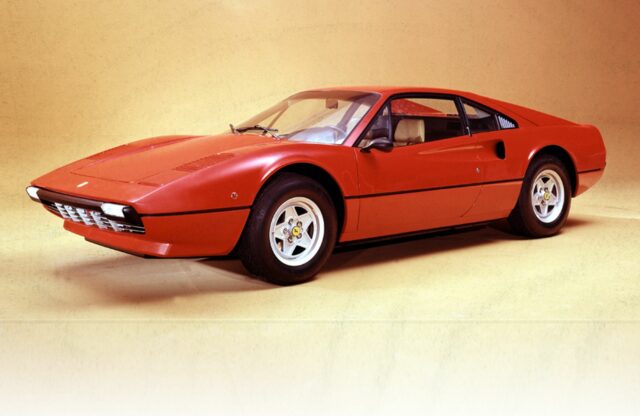The Lotus Elan was launched at the 1962 Earls Court Motor Show, replacing the innovative but problematic Elite. Its clean lines concealed the ingredients that have come to characterise the modern sports car recipe; there’s a reason Mazda’s MX-5 looks so much like this classic Lotus.
Colin Chapman’s latest creation was a lightweight, aerodynamic sports car with fully independent suspension, all-round disc brakes and a twin-cam engine. The Elan was the first car built around Lotus’s innovative steel-backbone chassis, which would later be used in the Europa, Esprit and Eclat families.
The four-cylinder motor was originally a Ford Cortina bottom end mated to Lotus’s head. The result was 105-108bhp in S1s, increasing to 115bhp in the Special Equipment cars. SEs also got the benefit of servo-assisted brakes, while S3 and S4 Elans had an upgraded four-cylinder engine with revised conrods, crankshaft and oil seals, giving improved reliability.
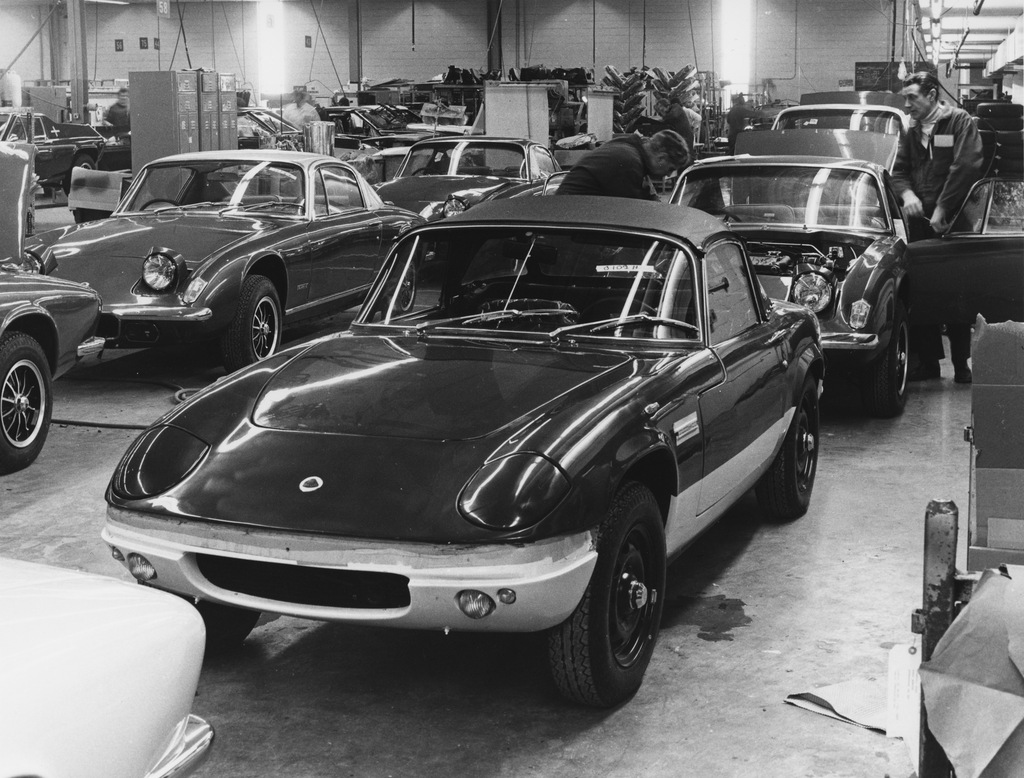
The unit may not sound powerful today, but the car’s lightness compensated for this. A contemporary Porsche 911 901 put out 130bhp and hit 0-60mph in 8.7 seconds. An early Elan could reach 60mph in under nine seconds; later cars, less than eight.
Sublime handling and such impressive acceleration meant the car quickly found its way onto tracks, despite Chapman’s assertion that: “It is not intended for racing, and we have done no competition development.” The demands of the circuit quickly exposed the Elan’s weak points, despite its obvious potential.
The car is famous for tearing through its rubber ‘rotoflex’ rear couplings, but the truth is that the entire driveline was underdeveloped; hard-driven Elans would routinely go through diff, centre and hub shafts. Alarmingly, if the latter failed, the car could end up dispensing its rear wheels without notice. These issues were exacerbated by Lotus’s use of Ford Anglia rear shock absorbers; these were too long when fully extended and caused dangerous positive camber and stress through the rear wheels and rotoflex couplings.
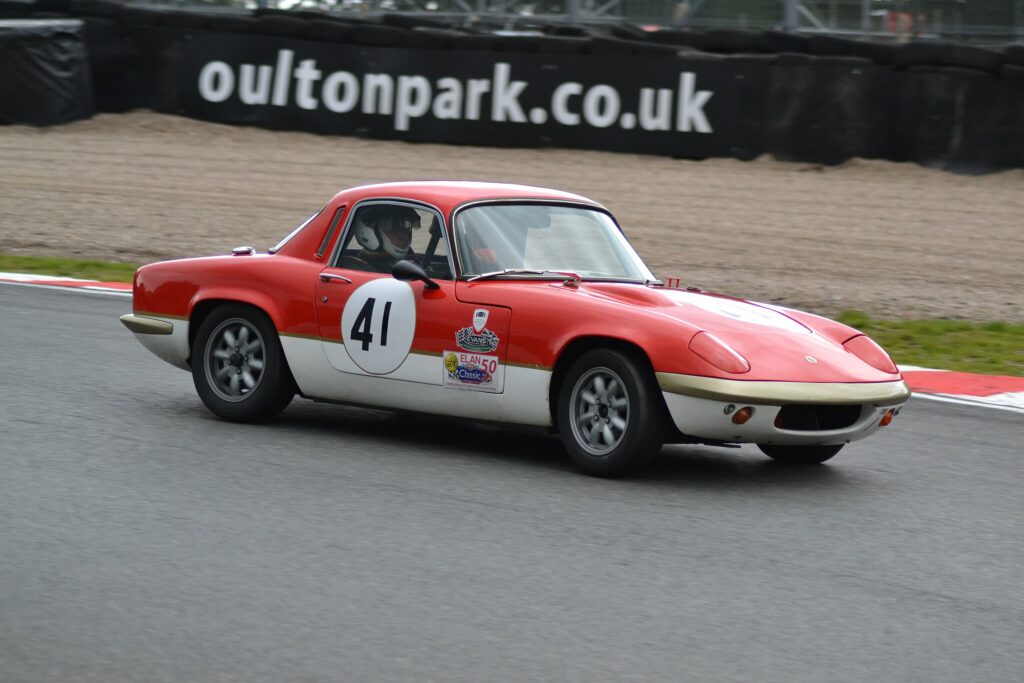
A S1 Type 26R racing version, released in 1964, addressed the shock-absorber issue while also adding power and decreasing weight. Development of this model increased by the end of 1964 before the S2 version was released. The S2 Type 26R produced more torque than the S1, and it now had a new driveline, largely curing the related problems before production ceased in 1967. Lotus made 52 of the S1 Type 26Rs and 43 S2 versions.
The Series 3 Elan was released in 1965 as a fixed-head coupé, followed in early 1966 by the drophead coupé. Various revisions were made to their interiors, including full carpeting and electric windows. Series 3s continued the SE trim, which offered slightly more power.
In 1967 the Elan +2 hardtop arrived. Its lengthened and widened chassis allowed for rear seating as well as superior handling to that of the original bodystyle, but the extra weight made it slower. Only 330 of these cars remain of 1100 Elans sold worldwide. Demand for +2 models has been increasing in recent years.
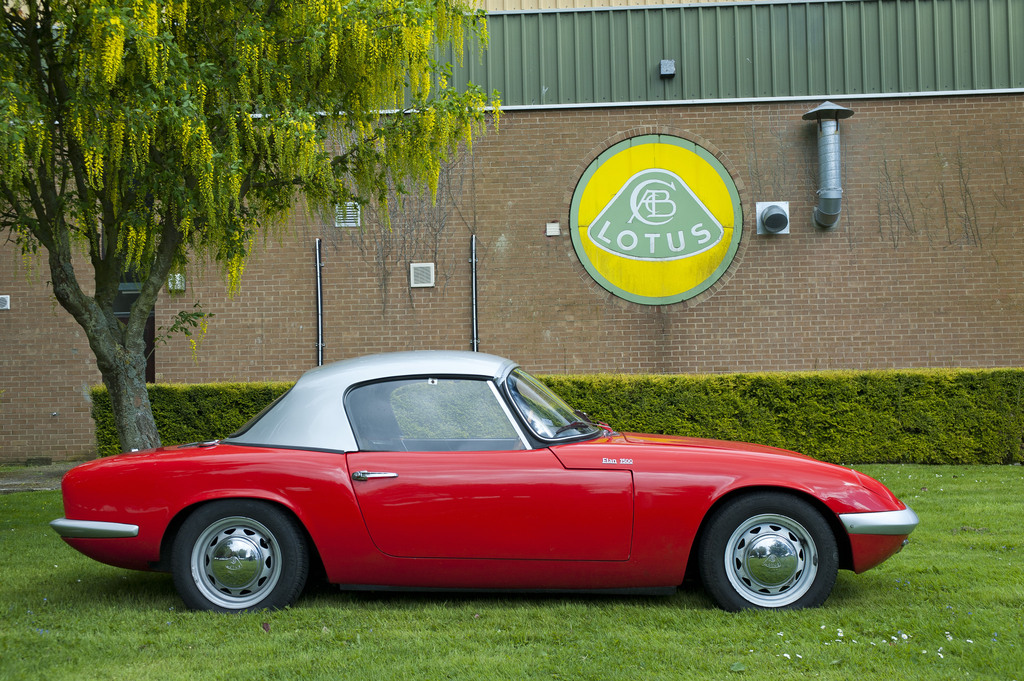
The Series 4 Elan superseded the Series 3 in 1968, and heralded the introduction of wider-section tyres and flared arches. Interestingly, the revised taillamps and switchgear on S4 models are related to those found on Jaguar’s E-type.
The Sprint was available in 1971, and its rapid acceleration was comparable with the fastest cars of the day; its 6.6-second 0-60mph time is still fast by modern standards. Even so, acceleration statistics must be taken with a grain of salt, because there are reports of blueprinted engines being used in journalists’ test cars.
A decent Elan has always commanded strong money, and now its status as a seminal classic has been established, this trend is set to continue. A good car comes with considerable cost – but if you drive one, it won’t take long to understand why.
ENGINE

The Elan’s Ford-derived engine is a venerable unit and pretty durable if maintained properly. However, when things do go wrong, fixes are usually very expensive; £5000-6000 for a rebuild. Once sorted, motors are reliable and can be expected to last at least the owner’s lifetime. The twin-Stromberg carbs used on US cars are less desirable than the Weber-equipped engines found in Europe, but these can be converted with a new head to accommodate a camshaft conversion. With a warm engine, oil pressure should read 40psi while on the move and 20psi at idle. Beware of blue exhaust smoke, as well as a whining or clattering noise from under the bonnet; this often indicates a badly adjusted timing chain.
Overheating is one of the Elan’s main weaknesses, particularly on the S3 and S4. This is because the S3s switched to a smaller Triumph radiator, which became an even narrower and cheaper unit in the S4. The S4 rad was also used in the Sprint, whose additional power assured the risk of overheating. Tony Thompson Racing recommends that owners fit an alloy crossflow radiator, rather than a cheaper up/down unit. If you combine this with a swirl pot to remove air from the coolant system, it’ll eradicate overheating issues.
The additional gain is that the Elan’s engine benefits from cooler running, because it produces its maximum power at around 75oC. For a standard model, the normal temperature sits at 90-95oC, which is bordering on dangerous to begin with. Make sure the car is running a high-quality pre-mixed anti-freeze, as this is an essential part of a good cooling system.
A leaking water pump can also cause an overheating engine. Replacing it is labour intensive, so check for play and leaks. A failed pump can destroy the powerplant, meaning the assured health and quality of this component is imperative.
Finally, correct oil level is crucial for the engine’s health. Tony Thompson Racing recommends it should read at least at the top of the dipstick’s recommended mark, and ideally 1cm above it. This prevents lubricant starvation when cornering hard, and gives a buffer should the motor burn any oil when running. An engine that is low by merely a quart of oil can wear prematurely, so owners need to be vigilant.
GEARBOX
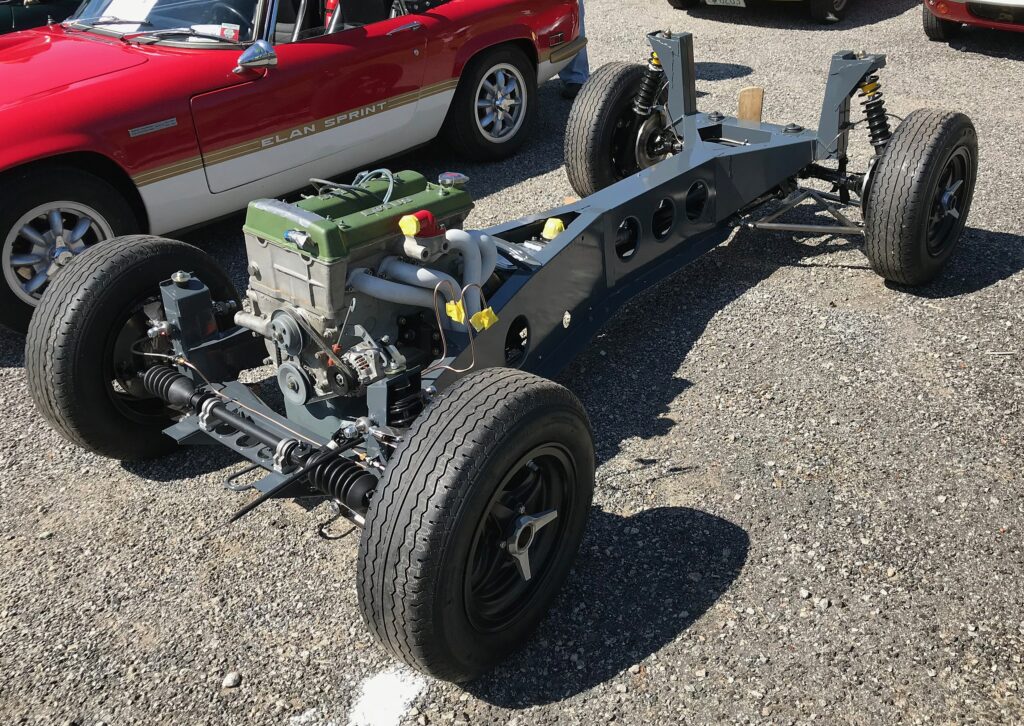
Most Elans have Ford’s reliable 2000E four-speed manual. The earliest cars’ close-ratio version is also largely trouble-free. The +2 S130/5 was the only Elan fitted with a five-speeder from the factory, which was sourced from the Austin Maxi. However, even when in good condition the S130/5’s gearbox has poorly selected ratios and a sloppy shift feel, so watch out for this when choosing your car. A noisy, crunchy ’box means a rebuild is imminent, which is an expensive undertaking.
The differential is Cortina based but uses a Lotus-specific rear-carrier casing, which means internal parts are easy to source. If the differential is whiny when moving, or leaking from the pinion seal, it will undoubtedly need refurbishing.
Drivelines are a notorious Elan problem area. The incorporated rubber rotoflex couplings rot over time, and the rest of the set-up is also sub-standard. Perished couplings can be dangerous and give the rear a soft, squishy feeling. As a result, many owners have modernised the entire driveline using sturdier splined replacements. New rubber couplings are best avoided, as modern versions are even weaker than the originals due to an EU ban on the chemicals used to make them.
SUSPENSION AND BRAKES
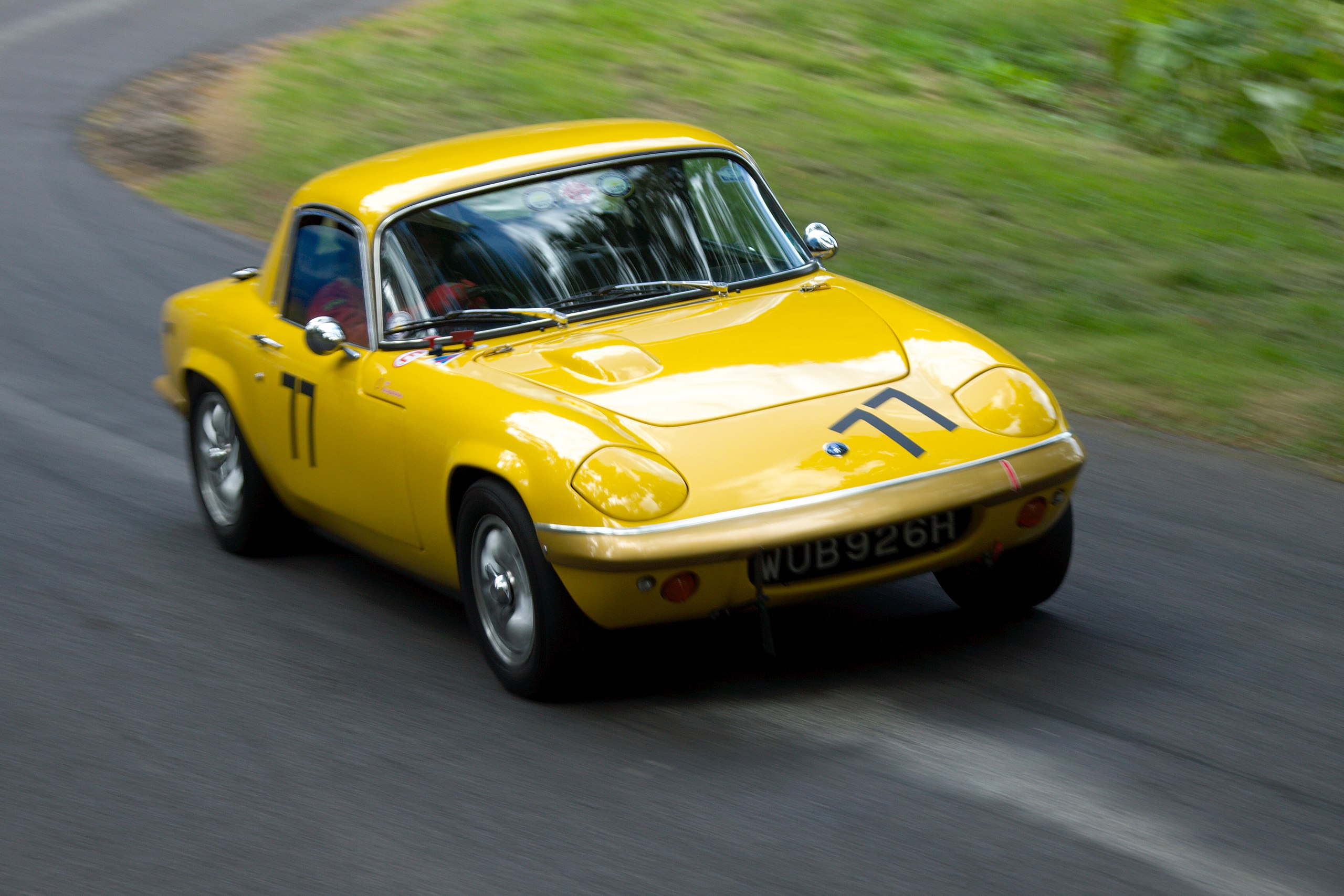
The original Anglia-derived rear shocks were the incorrect stroke for the car, and can be improved with quality aftermarket replacements. These make the car safer, and stop an unwelcome tendency to roll in corners. Rotoflex couplings exacerbate this undesirable characteristic, as they give a billowy, inconsistent spring rate.
Most cars have had a new steel-backbone chassis by now. A full suspension alignment is usually done at the same time, so uneven tyre wear shouldn’t be prevalent. Check that the wishbones and suspension arms are straight, particularly if a wheel has been kerbed. The tyres should not touch the anti-roll bars on full lock. If they do, the wrong steering rack may be fitted.
BODYWORK AND INTERIOR
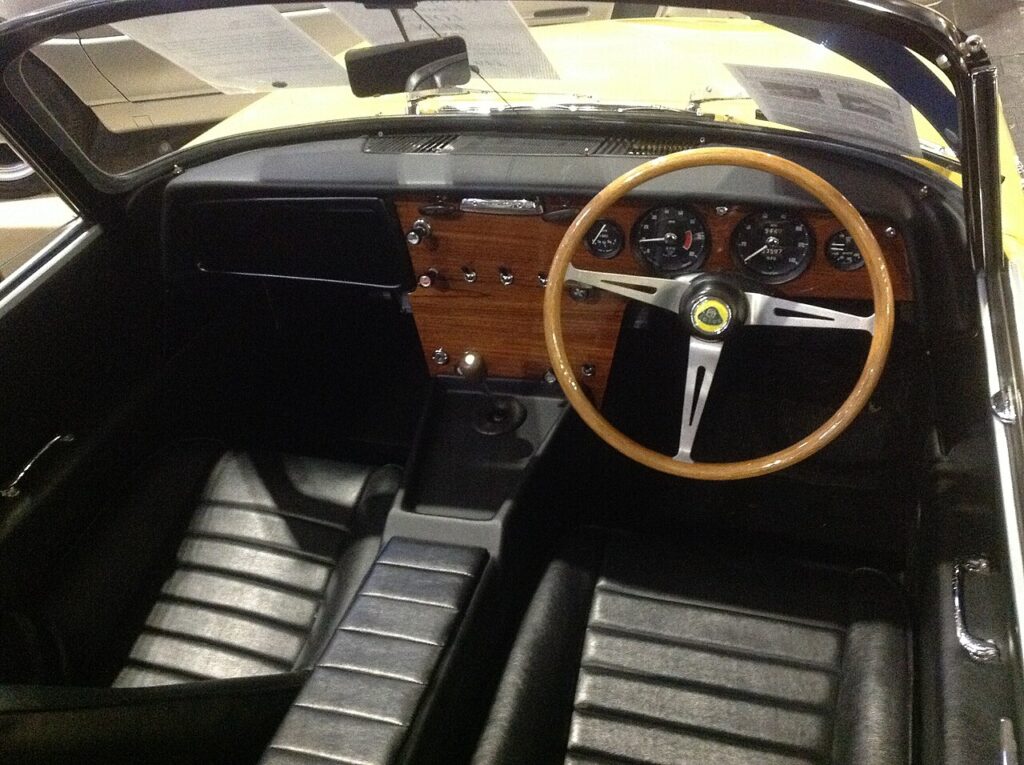
The glassfibre body means rust isn’t an issue – but the material can present just as many problems. Cracks and crazing are very common, particularly if substandard repairs have been carried out. Problem areas include around the badges, door handles and boot hinges. Bodyshell repairs should only have been done by glassfibre specialists.
Beware of recent repaints, which in the short term can hide imperfections in the material underneath. Months down the line, the paint may crack. Door fitment from the factory was poor, so don’t be too alarmed by uneven panel gaps.
Original chassis were known to rust, and many have been replaced by galvanised assemblies. Poor examples of these can warp, due to their manufacture’s high temperature requirements. Such a frame will be hard to set up properly, and the engine and ’box won’t fit as they should. Non-original chassis designs also harm resale values and wildly vary in quality.
If you’re looking at an original frame, check for rust around the front-suspension mounting points in particular. Avoid chassis that have had welding fixes; these can invalidate your insurance. Tony Thompson Racing recommends fitting a Type 26R chassis. These are twice as strong and instantly add value to the car. It is suggested that prospective buyers budget for a chassis replacement when looking for their Elan.
The cabin is comprehensively covered by the aftermarket, but originality is desirable. Mick Miller Lotus is known to supply very high-quality retrim services.
Elans suffer from electrical issues due to poor earthing on the glassfibre body, so check for flickering or malfunctioning cabin lights. Ensure all dash gauges work properly and that the roof is in good order.
A modern alternator, ignition and starter are recommended, all of which are offered by Tony Thompson Racing.
WHICH LOTUS ELAN TO BUY
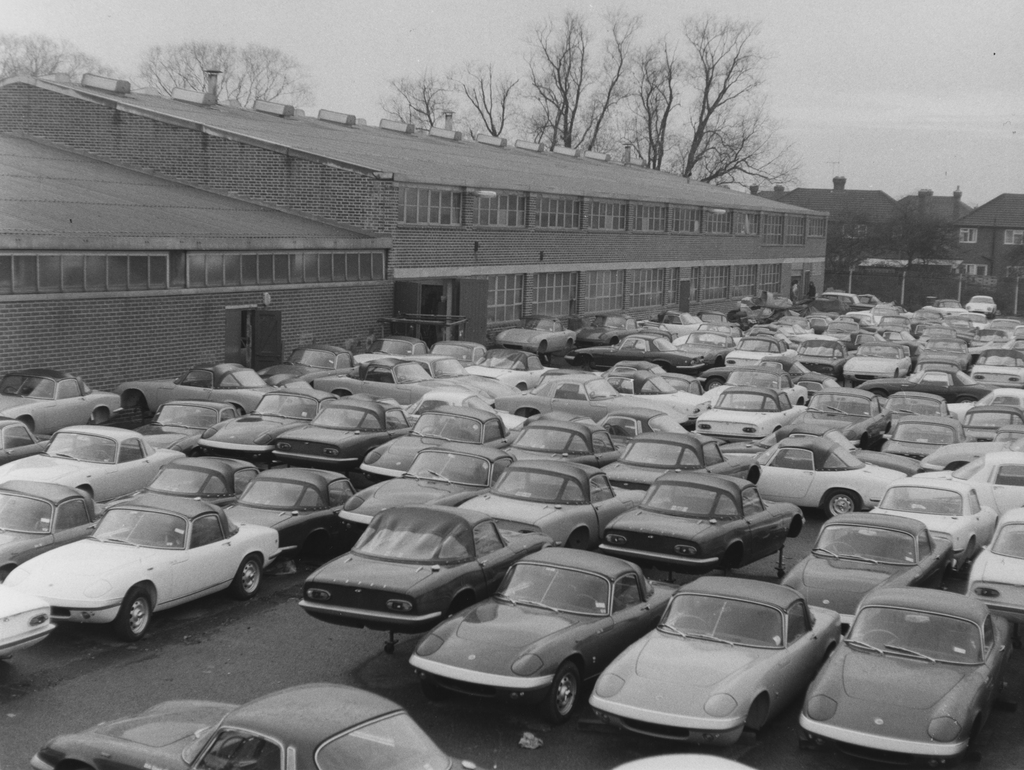
From a mechanical viewpoint all Elans are relatively similar, and there wasn’t that much development during its run. Despite this, there are a lot of variants and bodies.
The most popular cars are the two- seater convertibles, but fixed-head coupés and +2 models are also viable options. In particular, the +2 offers far greater practicality, and allows you to take more than one passenger along for the ride.
The same basic engine powers all cars, in various states of tune. The Sprints are fast even by today’s standards, but even the lowest-powered variants offer ample performance for most buyers. Whichever Elan you choose, it’s a bona fide driver’s car that thrills on any given B-road.
Tony Thompson Racing kindly supplied the technical information and expertise found in this guide.
WHAT TO PAY
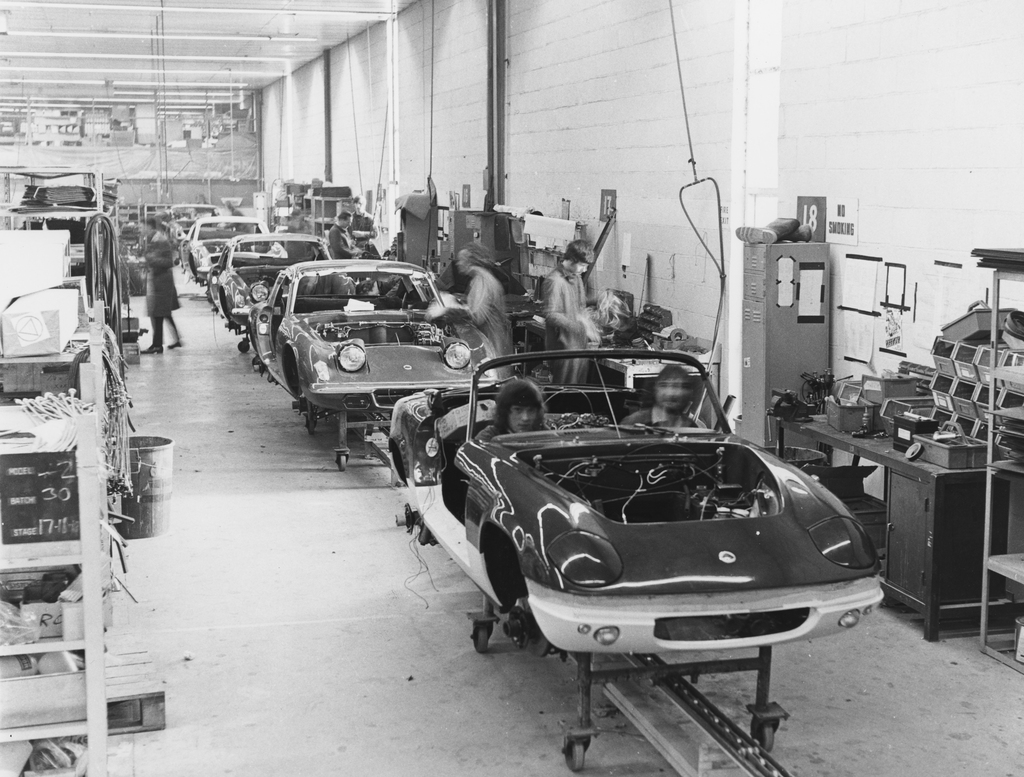
UK (1968 Elan S3 Coupé)
FAIR: £11,400
GOOD: £20,400
EXCELLENT: £26,400
CONCOURS: £31,000
US (1968 Elan S3 Coupé)
FAIR: $14,900
GOOD: $24,700
EXCELLENT: $33,900
CONCOURS: $41,900
SPECIFICATIONS

Lotus Elan S1 and S2 (1.6-litre inline-four)
Power: 105bhp
Top speed: 114mph
0-60mph: 8.8 seconds
Lotus Elan SE (1.6-litre inline-four)
Power: 115bhp
Top speed: 118mph
0-60mph: 7.6 seconds
Lotus Elan +2S130 (1.6-litre inline-four)
Power: 126bhp
Top speed: 120mph
0-60mph: 7.5 seconds




